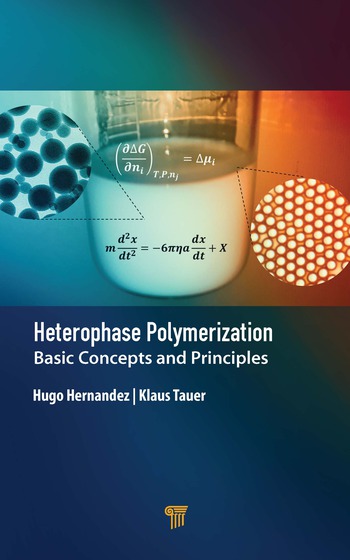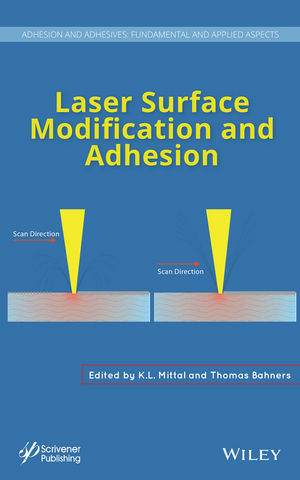Ask Dr. Dave: June 2013
How can we get some of our sealants approved for drinking water applications?

Question: We would like to get some of our sealants approved for drinking water applications. How can we do this?
Answer: In the U.S., you need to get your products certified to the NSF/ANSI Standard 61 Drinking Water System Components—Health Effects standard, a voluntary consensus standard that is overseen by the American National Standards Institute (ANSI). ANSI does not test products, but six accredited organizations with test laboratories are available to certify products to this standard.
NSF/ANSI Standard 61 covers a wide range of materials, including pipes, valves, pumps, filtration products, linings, and coatings. It has a section entitled “Joining and Sealing Materials” that is directly relevant to your type of products. Product certification involves exposing the cured sealant to standard test waters for specific times and analyzing the water for a wide range of possible harmful extracted chemicals.
You will need to decide whether you want your product certified for cold water (73˚F/23˚C), domestic hot water (140˚F/60˚C) or commercial hot water (180˚F/82˚C). Since most chemicals are more easily extracted into solution by hot water, this certification is more difficult to obtain. If your product passes satisfactorily in hot water, however, it is also authorized for lower temperature applications. It is likely that your product will receive certification for a maximum surface area-to-volume ratio.
Depending on the specific test organization, it can sometimes take several months for testing and approval, and can be quite expensive. However, certification should give you peace of mind on the safety of your products and (hopefully) a competitive advantage.
Similar standards exist overseas and are often specific to individual countries, but moves are under way to try to harmonize these standards. For example, in Europe, Germany, France, the Netherlands and the UK have agreed on collaboration in the harmonization of tests for the hygienic suitability of products in contact with drinking water.
Looking for a reprint of this article?
From high-res PDFs to custom plaques, order your copy today!







